Sodium p-toluenesulfonate

Sodium p-toluenesulfonate structure
|
Common Name | Sodium p-toluenesulfonate | ||
|---|---|---|---|---|
| CAS Number | 657-84-1 | Molecular Weight | 194.18 | |
| Density | 1.55 g/cm3 (20℃) | Boiling Point | 140ºC at 20 MM HG | |
| Molecular Formula | C7H7NaO3S | Melting Point | >300°C | |
| MSDS | Chinese USA | Flash Point | 500ºC | |
| Symbol |

GHS07 |
Signal Word | Warning | |
| Name | p-Toluenesulfonic Acid, Sodium Salt |
|---|---|
| Synonym | More Synonyms |
| Density | 1.55 g/cm3 (20℃) |
|---|---|
| Boiling Point | 140ºC at 20 MM HG |
| Melting Point | >300°C |
| Molecular Formula | C7H7NaO3S |
| Molecular Weight | 194.18 |
| Flash Point | 500ºC |
| PSA | 62.75000 |
| LogP | 2.32250 |
| Vapour Pressure | <1 hPa (20 °C) |
| Stability | Stable. Incompatible with strong oxidizing agents. |
| Water Solubility | soluble |
CHEMICAL IDENTIFICATION
HEALTH HAZARD DATAACUTE TOXICITY DATA
|
| Symbol |

GHS07 |
|---|---|
| Signal Word | Warning |
| Hazard Statements | H319 |
| Precautionary Statements | P305 + P351 + P338 |
| Personal Protective Equipment | dust mask type N95 (US);Eyeshields;Gloves |
| Hazard Codes | Xi:Irritant; |
| Risk Phrases | R36/37/38 |
| Safety Phrases | S26-S36 |
| RIDADR | NONH for all modes of transport |
| WGK Germany | 1 |
| RTECS | XT7350000 |
| HS Code | 29041000 |
| Precursor 10 | |
|---|---|
| DownStream 10 | |
| HS Code | 2904100000 |
|---|---|
| Summary | 2904100000 derivatives containing only sulpho groups, their salts and ethyl esters。Supervision conditions:None。VAT:17.0%。Tax rebate rate:9.0%。MFN tariff:5.5%。General tariff:30.0% |
|
Supported p-toluenesulfonic acid as a highly robust and eco-friendly isocyanide scavenger.
ACS Comb. Sci. 13(1) , 89-95, (2011) We document here the use of polymer-supported p-toluenesulfonic acid as a highly effective, robust, economical and eco-friendly isocyanide scavenger. The herein described strategy circumvent the inten... |
|
|
The transporter-opsin-G protein-coupled receptor (TOG) superfamily.
FEBS J. 280(22) , 5780-800, (2013) Visual rhodopsins are recognized members of the large and diverse family of G protein-coupled receptors (GPCRs), but their evolutionary origin and relationships to other proteins are not known. In a p... |
|
|
Coumarin–trioxane hybrids: Synthesis and evaluation as a new class of antimalarial scaffolds
Bioorg. Med. Chem. Lett. 22(12) , 3926-30, (2012) A series of novel coumarin–trioxane hybrids were synthesized and evaluated for antimalarial activity. |
| EINECS 211-522-5 |
| MFCD00064388 |
| Sodium p-toluenesulfonate |
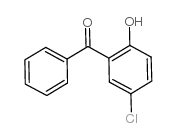 CAS#:85-19-8
CAS#:85-19-8 CAS#:80-41-1
CAS#:80-41-1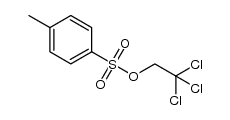 CAS#:57392-61-7
CAS#:57392-61-7 CAS#:433-06-7
CAS#:433-06-7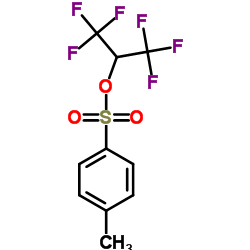 CAS#:67674-48-0
CAS#:67674-48-0 CAS#:640-60-8
CAS#:640-60-8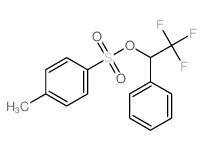 CAS#:13652-13-6
CAS#:13652-13-6 CAS#:68960-91-8
CAS#:68960-91-8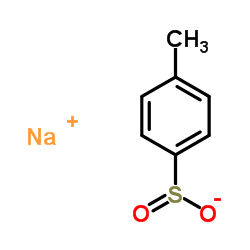 CAS#:824-79-3
CAS#:824-79-3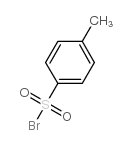 CAS#:1950-69-2
CAS#:1950-69-2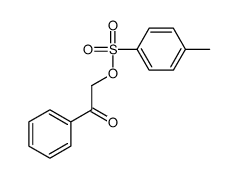 CAS#:7257-94-5
CAS#:7257-94-5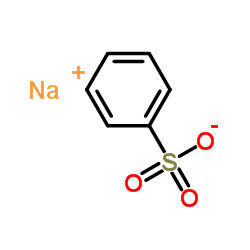 CAS#:515-42-4
CAS#:515-42-4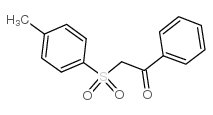 CAS#:31378-03-7
CAS#:31378-03-7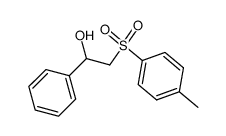 CAS#:71899-75-7
CAS#:71899-75-7![Benzene,1-methyl-4-[[(1E)-2-phenylethenyl]sulfonyl]- structure](https://image.chemsrc.com/caspic/319/16212-08-1.png) CAS#:16212-08-1
CAS#:16212-08-1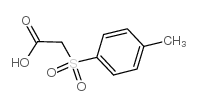 CAS#:3937-96-0
CAS#:3937-96-0![2-Propanone,1-[(4-methylphenyl)sulfonyl]-1-phenyl- structure](https://image.chemsrc.com/caspic/054/14195-17-6.png) CAS#:14195-17-6
CAS#:14195-17-6 CAS#:1950-78-3
CAS#:1950-78-3![N-[(4-methylphenyl)sulfonyl-phenylmethyl]acetamide structure](https://image.chemsrc.com/caspic/420/185244-08-0.png) CAS#:185244-08-0
CAS#:185244-08-0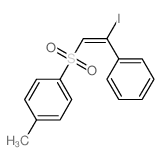 CAS#:22183-12-6
CAS#:22183-12-6
